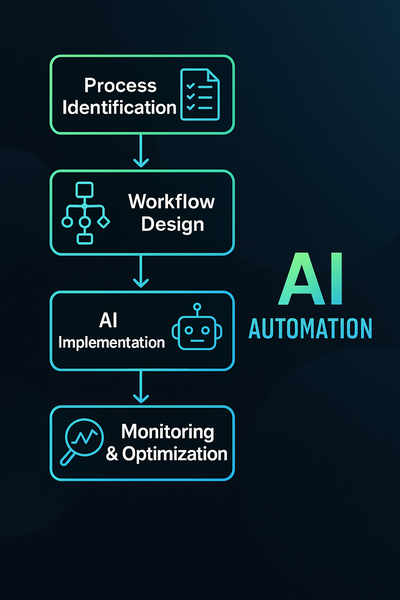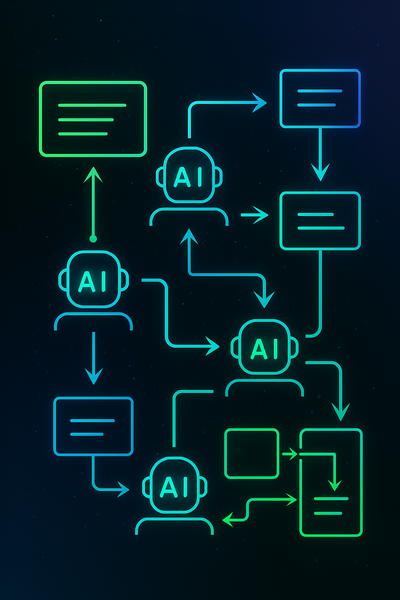From Startup to Scalable: The Role of Automation in Business Evolution

Early‑stage startups thrive on hustle and improvisation. Systems are often cobbled together, and processes live in the heads of founders. While this flexibility is essential at the beginning, it becomes a liability as the company grows. Without structure and repeatable processes, scaling quickly turns chaotic and risks overwhelming your team.
Automation provides the scaffolding for sustainable growth. By codifying workflows into automated sequences, you create consistency and remove dependency on individual knowledge. Tasks such as onboarding new customers, provisioning services, sending follow‑up emails and generating reports can run in the background while your team concentrates on product and market expansion. These systems are scalable by design – they handle increased volume without additional overhead.
As you automate, you’ll uncover insights about bottlenecks and resource constraints. Analytics from your automated processes highlight which areas require optimisation and where new opportunities lie. Over time, the organisation evolves from reactive firefighting to proactive planning. This transformation is what takes you from scrappy startup to a scalable, mature business.
Ready to evolve your operations? Our experts specialise in guiding entrepreneurs through this transition. Book a call to discuss your growth challenges and design an automation roadmap that supports your business evolution.
Automation Steps & Logic
Below is a high-level overview of the steps involved in automating this process:
- Identify the Process: Map out the exact workflow that needs automation, including inputs, outputs and decision points.
- Select the Right Tools & Platforms: Choose AI agents, RPA bots or integration tools based on complexity and scalability needs.
- Design & Prototype: Build a proof of concept or prototype to validate the logic and gather stakeholder feedback.
- Implement & Integrate: Deploy the solution and integrate with existing systems, ensuring data flows seamlessly between components.
- Monitor & Optimise: Continuously track performance, gather insights and iterate on the automation to improve efficiency.
Recommended Bots & Agents
Here are examples of intelligent agents that can assist with this use case:
- Conversational AI Bots: Handle customer queries, onboarding or support through chat or voice interfaces.
- RPA Bots: Automate rule-based, repetitive tasks such as data entry, invoicing and report generation.
- Data Extraction Bots: Collect and cleanse information from documents, emails or web pages for downstream processing.
- Scheduling & Coordination Agents: Automate meeting bookings, reminders and coordination across teams.
- Integration Agents: Seamlessly connect your CRM, ERP, marketing and communication tools through APIs.
